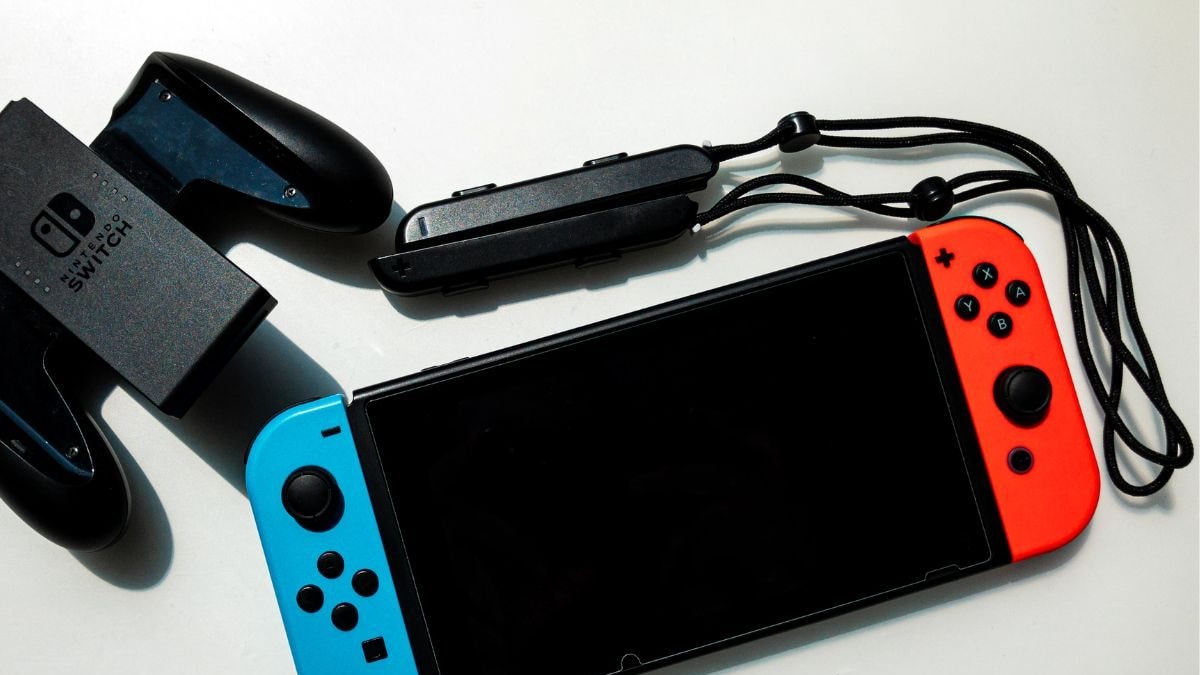assemble a circuit board assembly services
Circuit card assembly manufacturers rely on a variety of materials to produce high-quality printed circuit boards (PCBs) that meet the diverse needs of modern electronic devices. These materials play a crucial role in determining the performance, reliability, and functionality of the circuit cards, making careful selection and utilization essential for successful manufacturing processes.
One of the most common materials used in circuit card assembly manufacturers is the substrate, which forms the foundation of the PCB. Substrates provide mechanical support for electronic components and serve as the base layer onto which conductive traces and components are mounted. The most widely used substrate materials include fiberglass-reinforced epoxy resins, commonly known as FR-4, and polyimide films.
FR-4 substrates offer excellent mechanical strength, thermal stability, and electrical insulation properties, making them ideal for a wide range of applications, from consumer electronics to industrial equipment. Polyimide films, on the other hand, are flexible and lightweight, making them well-suited for flexible PCBs used in wearable devices, medical implants, and automotive electronics.
Conductive materials are another essential component of circuit card assembly, responsible for forming the electrical pathways that connect various components on the PCB. Copper is the most commonly used conductive material due to its excellent electrical conductivity, thermal conductivity, and corrosion resistance. Copper foil is laminated onto the substrate and patterned to create the desired circuit traces, pads, and vias using processes such as etching or additive manufacturing. Additionally, conductive adhesives and pastes are used to attach surface-mount components to the PCB, providing reliable electrical connections while minimizing soldering defects.

How to assemble a circuit board assembly services
Dielectric materials are used to insulate conductive traces and components on the PCB, preventing electrical shorts and interference between neighboring circuit elements. Common dielectric materials include epoxy resins, polyimides, and specialized polymer blends with low dielectric constants. These materials provide excellent insulation properties while also offering thermal stability, chemical resistance, and mechanical strength. Dielectric layers are applied to the substrate either as pre-preg sheets or as liquid coatings, which are then cured and laminated to the PCB stack-up during the manufacturing process.
Solder materials play a crucial role in circuit card assembly, serving as the primary means of attaching electronic components to the PCB. Solder is a metal alloy with a low melting point that forms a strong, conductive bond between the component leads and the PCB pads. Common solder materials include tin-lead alloys, which offer good solderability and mechanical strength, and lead-free alloys such as tin-silver-copper and tin-bismuth, which are used to comply with environmental regulations such as the Restriction of Hazardous Substances (RoHS) directive. Flux materials are also used in conjunction with solder to remove oxides and contaminants from the soldering surfaces, ensuring strong, reliable solder joints.
In addition to these primary materials, circuit card assembly manufacturers may use a variety of supplementary materials and coatings to enhance the performance and reliability of PCBs. This includes solder masks, which are applied to the PCB surface to protect the conductive traces from environmental damage and solder bridging during assembly. Silkscreen printing is used to apply component designators, polarity markings, and other identifying information to the PCB surface, aiding in assembly and troubleshooting. Protective coatings such as conformal coatings and encapsulants are applied to the finished PCB to provide additional protection against moisture, dust, and mechanical shock, ensuring long-term reliability in harsh operating environments.
In conclusion, circuit card assembly manufacturers rely on a diverse range of materials to produce high-quality PCBs that meet the demanding requirements of modern electronic devices. From substrates and conductive materials to dielectrics and solder, each material plays a critical role in determining the performance, reliability, and functionality of the finished circuit card. By carefully selecting and utilizing these materials in the manufacturing process, manufacturers can ensure the successful assembly of electronic devices that meet the needs of a wide range of industries and applications.



